Most visitors to Israel see the sprawling panorama of the Jezreel Valley only from atop the monastery of Muhraqa on Mount Carmel. This vantage remains one of the best, to be sure.
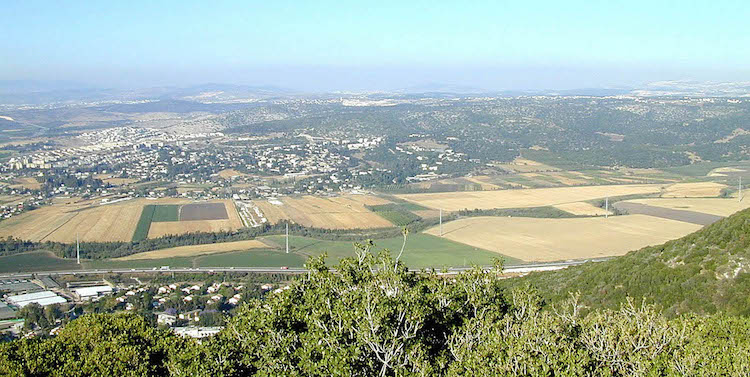
(Photo: Jezreel Valley from Mount Carmel. Courtesy of the Pictorial Library of Bible Lands)
But there are a number of other views of the valley that also find their place in the Bible.
These high spots also offer a good view of life, and I’ll give a one-sentence application from each site.
Mount Gilboa
The modern mountain range called Jebel Fuku’a is known in the Scriptures as Mount Gilboa, its name preserved in the designation of the village Jelbon. In the spring, beautiful flowers and verdant forests grace its slopes.
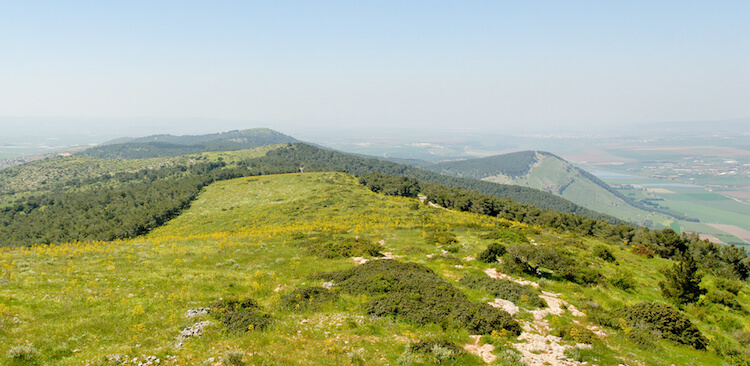
(Photo: Jezreel Valley from Mount Gilboa. Courtesy of the Pictorial Library of Bible Lands)
Originally allotted to the tribe of Issachar, Mount Gilboa witnessed a number of battles.
- At its base at Ein Harod, Gideon’s army got thinned out before facing the Midianites just opposite them in the Harod Valley.
- Mount Gilboa’s primary scene in the Scriptures appears as the location of King Saul’s death, as well as that of his three sons (1 Samuel 28:4, 31).
Application from Mount Gilboa: Only God provides peace in overwhelming situations—even whey they are as crushing as death. (Read more here.)
Tel Shimron
An inconspicuous hill marks the spot of Tel Shimron, the site from which one of many kings and armies came to resist Joshua’s northern campaign of Canaan (Joshua 11:1-9).
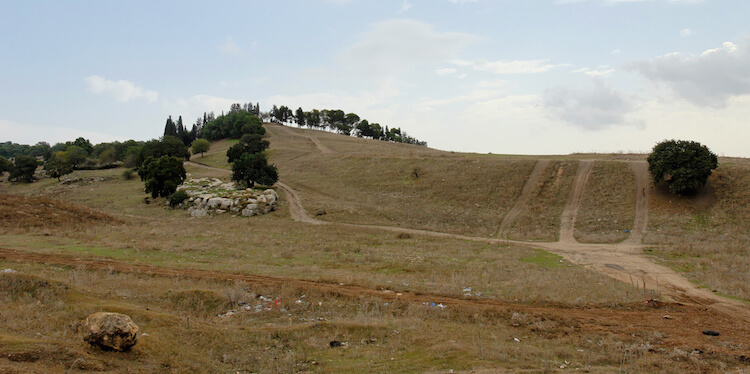
(Photo: Tel Shimron. Courtesy of the Pictorial Library of Bible Lands)
- After the conquest, Shimron was allotted to the tribe of Zebulun.
- Cited outside the Bible in the Egyptian Execration Texts as well as in Thutmose III’s list of conquered cities, Shimron represented an important Old Testament site.
- Today, the site has the name Khirbet Sammuniyeh. In 2011, an apparent inscription representing a Sabbath boundary was found a mile northwest of Shimron.
Application from Shimron: God offers victory over tremendous odds when we see the size of our God rather than the size of our opposition. (Read more here.)
Explore the view of the Jezreel Valley from Shimron in Google Maps:
Nazareth Ridge
Seeing the Jezreel Valley from this spectacular view atop the Nazareth Ridge will prove one of the best. You can see so much!
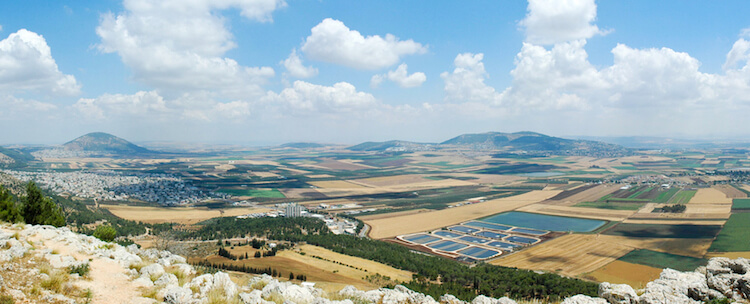
(Photo: Jezreel Valley from Nazareth ridge. Courtesy of the Pictorial Library of Bible Lands)
Many biblical landmarks and their stories lay within sight:
- Between the Hill of Moreh and Mount Gilboa, Gideon faced the Midianites (Judges 6-8).
- Around the Hill of Moreh, Elisha and Jesus raised the dead (2 Kings 4; Luke 7:11-17).
- Mount Tabor and the armies of Deborah and Barak (Judges 4-5). (See more below.)
- Megiddo can be seen in the distance, the site of many battles.
- With the city of Nazareth immediately behind the observation point, it’s easy to imagine the boy Jesus enjoying this same view many times.
Application from Nazareth Ridge: Jesus sees the future battle as clearly as the past ones, and He promises us a glorious future with Him. (Read more here.)
Mount Tabor
A beautiful panorama rewards each visitor to Mount Tabor. Rising from the Jezreel Valley 1,843 feet, Tabor’s unique form is identifiable from any direction.
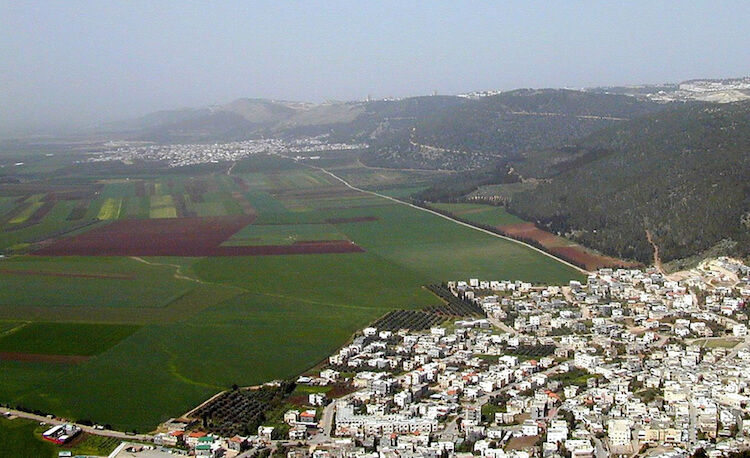
(Photo: Jezreel Valley from Mount Tabor. Courtesy of the Pictorial Library of Bible Lands)
For thousands of years, the International Highway passed at the foot of Mount Tabor. History bears the importance of this lovely hill.
- Mount Tabor marks the borders of the tribes of Naphtali, Zebulun, and Issachar (Joshua 19:22).
- Deborah and Barak rushed with their army down Mount Tabor’s slopes to defeat Sisera (Judges 4:14-15).
- Although biblical context as well as history point to Mount Hermon as the location of Jesus’ Transfiguration (Matthew 16:13; 17:1; Josephus, War 4:54-61), many have identified Mount Tabor as the site—and the Basilica of the Transfiguration at its summit bears this tradition.
Application from Mount Tabor: God uses all at His command—whether people or even weather—to bring about His will for His people. He has no limitations in our lives. (Read more here.)
Tell me what you think: Which view is your favorite? To leave a comment, just click here.
